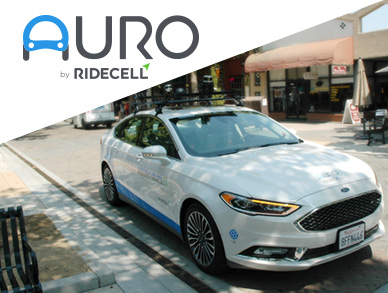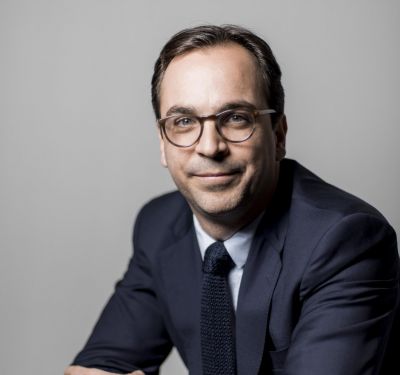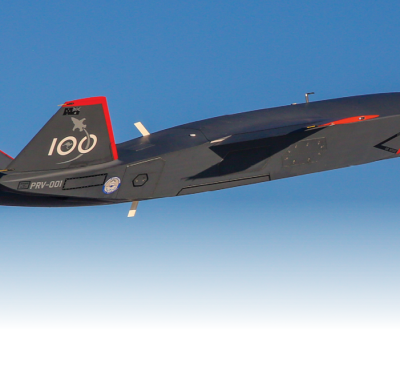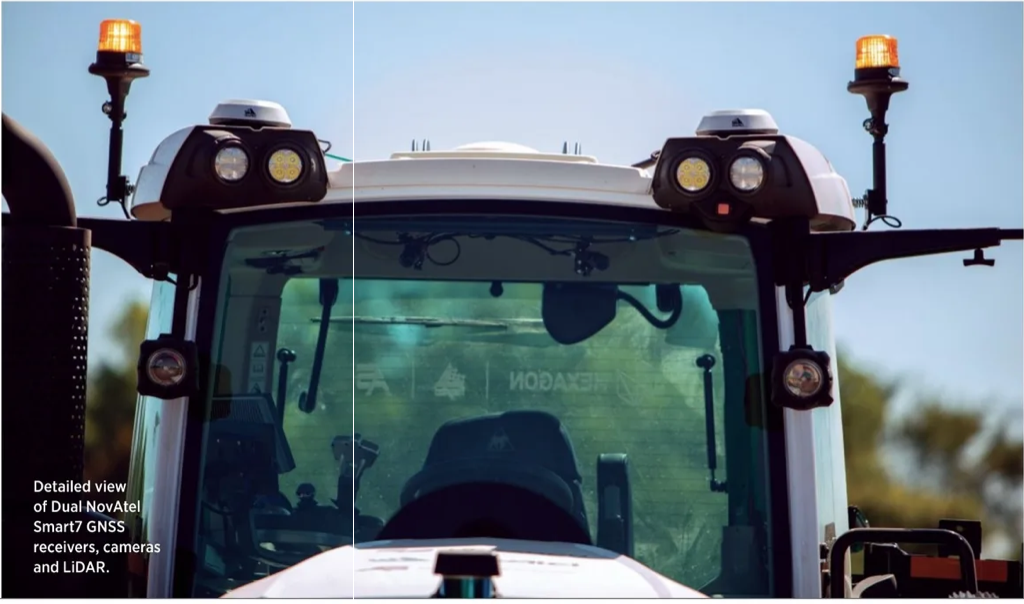
For some time, Hexagon’s | NovAtel’s autonomy group has focused on GNSS+ INS, global correction services and algorithms for specialized applications, including assured autonomy for agriculture. The larger company’s 2018 acquisition of AutonomouStuff added both absolute and relative positioning within a Smart Autonomous Mobility portfolio. Hexagon | NovAtel then outfitted a demonstrator tractor as a proof of concept for precision agriculture and other off-road applications. The goal: To show what Mike Martinez, NovAtel’s marketing director, agriculture, calls “the full potential of positioning and perception, properly integrated with sensors.”
Since 2020, Martinez said, Calgary-based NovAtel has “really honed in on which part of the autonomous system we’re helping the ag market with, because autonomy is such a broad area of development and expertise.” Manufacturers are handling autonomous mechanization, he added, “but the real tricky part is, ‘OK, how am I going to get my machine to accurately and safely detect obstacles and pedestrians and other machines?’ Talking with more and more clients has focused development on perception and—a little bit more of our backbone—positioning.”
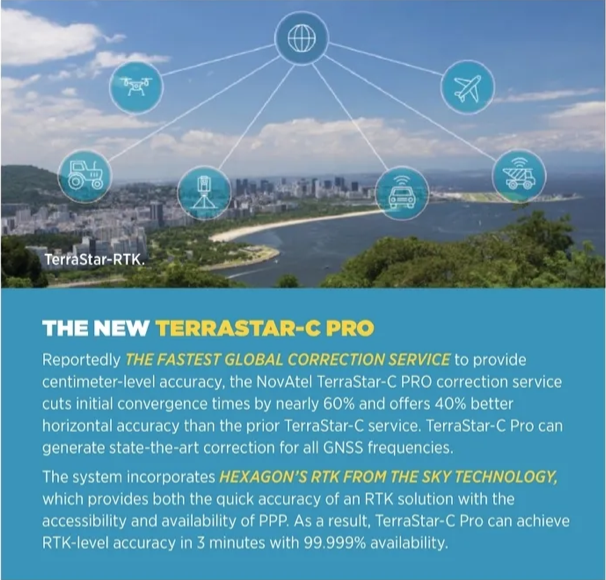
PERCEIVING AUTONOMY
Yet, Martinez also acknowledged the growing importance of perception. “One of the biggest factors in removing that driver, or moving that driver from an operator role to a safety role, is perception,” he said. Consequently, NovAtel’s Morton, Illinois, tractor development team outfitted a demonstrator Fendt 1000 tractor with high-grade infrared and thermal cameras and data collection devices capable of sorting out crop types, health and growth stages. “The complexity of the working scenario, and cost requirements,” Martinez explained, will suggest how final production systems will use the most appropriate sensor combinations.
“For the last year and a half, we’ve focused with our clients and developers on the perception angle of an autonomous vehicle,” he said. He then delineated NovAtel’s approach. “The way we’re progressing with perception, detection and processing is mainly through camera perception. The favorable part of using cameras is it keeps the hardware architecture simple, lower-cost. If we can be successful with solving our clients’ perception challenges with visual algorithms, it’s better from a supply chain perspective, it’s better from a cost perspective. And we can achieve a high level of quality.”
Nevertheless, sensor solutions are driven by client need. “The stereo cameras we’re using right now for development are doing their own stitching with a really high level of depth. If a manufacturer needs to be able to see 100 or 200 feet out with a great level of depth detection, then we probably need to go down the stereo camera route. If it’s somebody that needs 20 feet in front, we can probably come up with a much lower-cost solution using mono cameras.”
POSITIONING AND PERCEPTION
NovAtel aims for what it calls “functionally safe positioning.” A 360-degree solution involving GNSS+INS and multi receiver technology produces instant headings, with approximately six cameras supporting safe operation, whether open sky or obstructed. “We have our algorithms detecting the safe-to-travel areas, returning this data into an occupancy grid that the vehicle can feel free to roam. Or it detects something that’s in the grid and determines, “How big is this thing? How far is it and what trajectory?’”
“NovAtel has been working on safe positioning for the automotive space for at least 3 years now,” Martinez added. He noted specific precision-ag requirements for the positioning engine within the receiver architecture: precise code; levels of quality checks. The just-announced TerraStar-C Pro promises centimeter-level accuracy.
“That’s the software part,” Martinez said. “There’s also the reliability of the hardware. As we’re deciphering information from satellites and feeding it into our engines, a proper functionally safe receiver will have crosschecks and redundancy checks throughout pretty much every algorithm. It’s also a series of steps with product design. How are we designing our electronics, our circuits, our boards? The mechanical assembly?”
A discussion of ASIL [Automotive Safety Integrity Level] specs led Martinez to compare the automotive and agriculture sectors. “The agriculture space is not yet to the point where automotive or aerospace would be,” he opined. “But this is where things are going, and we’re bringing the expertise into the early stages of our clients’ architecture planning.”
Though Hexagon | NovAtel aims for full autonomy, Martinez cautioned how long it may be before the ag market needs it. “It could be 2 more years, it could be 10 more years,” he ventured. “But the market will demand something immediately. It could be the basic level—a little easier to implement, it won’t cost as much. Or adding a level of redundancy—a second receiver, a second correction source.”
Martinez closed by making the case for NovAtel’s solutions. “The reason they’re choosing Novatel receivers right now is because of our robustness around obstructions. Our receiver’s performance is able to pull through a very robust and reliable signal.” NovAtel hopes to accelerate agriculture autonomy for both big OEMs and purpose-built developers, “to hit more applications and more farmers faster with this technology rather than waiting 5 more years for some manufacturer to be able to operate on cotton, for example.
“That’s really our contribution to the ag customer.”


